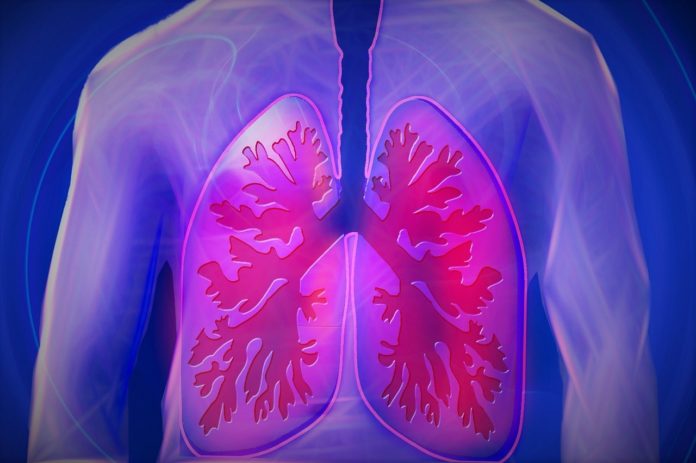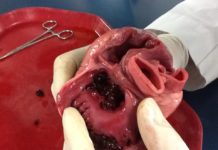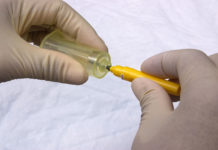
Widespread blood clotting and new vessel growth differentiates lungs of Covid-19 from Influenza A (H1N1)
In a new study, senior author Steven J. Mentzer, MD, thoracic surgeon at Brigham and Women’s Hospital, and a team of international researchers examined seven lungs obtained during autopsy from patients who died of COVID-19. They compared this group to seven autopsied lungs obtained from patients who died of acute respiratory distress syndrome secondary to influenza A (H1N1) infection as well as to 10 age-matched uninfected (control) lungs. Findings were published in the New England Journal of Medicine (NEJM).
Both COVID-19 and influenza virus belong to the same category of viruses and infect the respiratory tract causing breathing difficulty. COVID-19 infection causes a broad spectrum of clinical symptoms, ranging from dry cough, fever, diminished sense of smell and sore throat to progressive life-threatening viral pneumonia which causes laboured breathing and progressive hypoxemia (an abnormally low concentration of oxygen in the blood). Severe cases often require mechanical ventilatory support for breathing.
Patients with COVID-19 showed widespread blood clotting as well as new vessel growth – the latter likely a result of the body’s response to the virus
Radiographically, peripheral lung ground-glass opacities on computed tomographic (CT) imaging are characteristic features. Clinically, many patients have elevated d-dimer levels, as well as skin changes in the peripheral parts of the body like ‘Covid Toe’ suggesting thrombotic blockage of small blood vessels. Widespread intravascular coagulation and large-vessel intravascular coagulation have been linked to multisystem organ failure. Researchers examined the structural and molecular changes in the peripheral lung of patients who died from COVID-19 to understand the disease further.
Researchers observed that COVID-19 damaged the endothelial cells (vascular lining cells), causing severe endothelial injury. Patients with COVID-19 showed widespread blood clotting as well as new vessel growth – the latter likely a result of the body’s response to the virus. New vessel growth, also called intussusceptive angiogenesis (IA), is the way the body compensates for the thrombosis and blood vessel damage. Damaged blood vessels may also be the cause for other problems seen, such as ‘Covid Toe’, children with Kawasaki, stroke, and other seemingly unrelated problems seen with COVID-19.
This distinctive pattern of lung vascular disease progression in some cases of COVID-19 compared to that of equally severe influenza virus infection will help us in understanding COVID-19 infection further, commented the authors.












